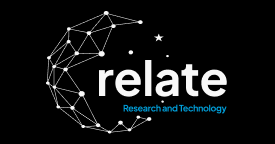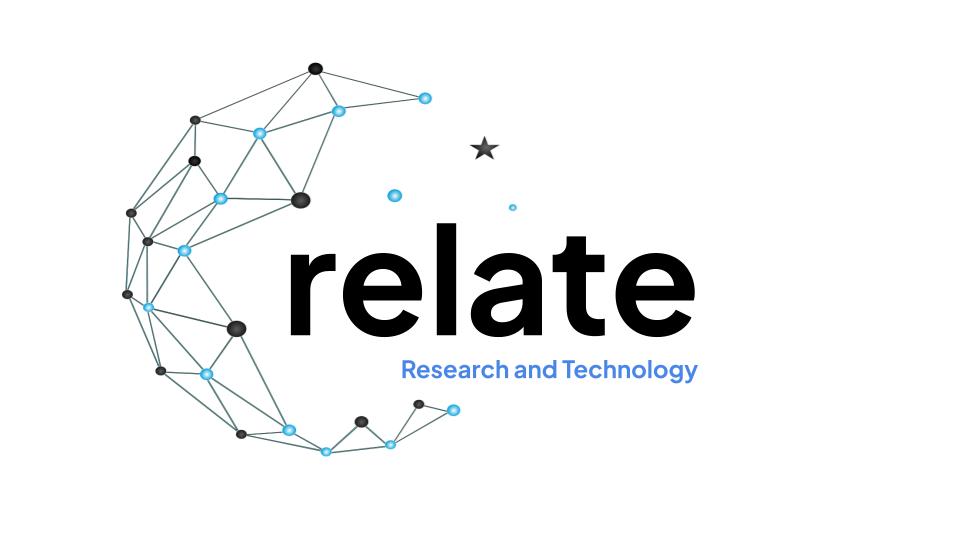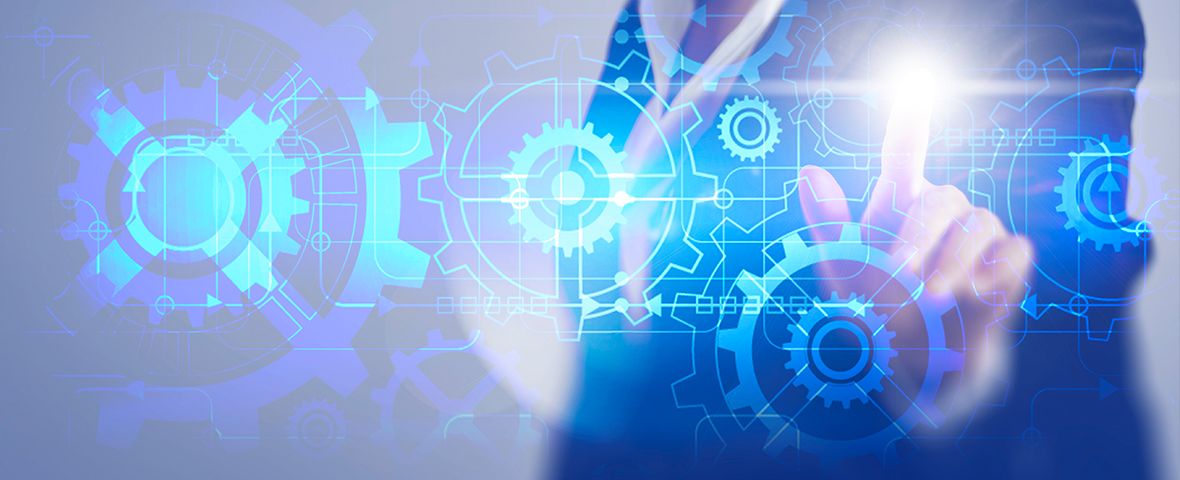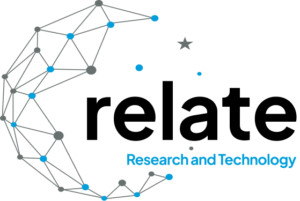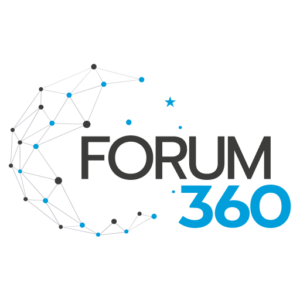Up to 70% of the global workforce at large organizations, field sales, have been forced inside over the last 18mths and have discovered efficiencies with the remote sales process. Putting serious doubt on the return of business travel, field sales is projected to fall to 40% of the sales force with inside sales (40%) and digital (20%). The role of inside sales shifts from a support role to a hybrid sales force with senior representatives spending more time inside.
It makes sense that 1×1 B2B physical meeting were initially replaced by a 1×1 video conference. The convenience leads to shorter meetings more frequently at a fraction of the cost of travel. Importantly though, there is no change in how data is collected. Video conference tools are no better at collecting data than an in person sales meeting. Arguably they are worse given the difficulty in reading body language. So the efficiencies are largely time and transport, which will come under pressure with a hybrid sales force.
While business buyers (B2B) now have a preference for remote sales and digital, consumers have also moved to virtual meetings. Consumers have changed their minimum expectations of a business relationship with profound implications for the sales method. Consumers will expect access to expertise no matter where that expertise is located in the world. That means B2B models will evolve to B2B2C with product makers working in collaboration with their distribution partners to exceed the expectations of consumers. Car buyers around the world will start meeting the car design team at the one event through their local dealers’ brand. Wine buyers meet growers through their local distributor. Each meeting has fulfilment, product information and sales advice options for participants and behavioural tracking that yields a data rich experience.
The B2B2C inside sales model post-pandemic focuses on converting traditional broadcast sales techniques (media releases, pamphlets, short videos, social media posts, etc) to communication. Providing access to expertise via group virtual meetings that traverses B2B2C without disrupting the model. Video conferencing is not the solution for B2B2C. Webinars provide scale but are not designed for the sales process nor do they traverse B2B2C without disrupting the model.
By applying sales and distribution-tech to group virtual meetings, these events become data rich experiences. End to end from invitation though meeting to fulfilment across distribution channels. The opportunity for businesses to improve customer experience direct (B2C) and through their distribution partners (B2B2C) and better position themselves for the business of experience (BX) where companies enjoy 6x the profitability growth on average.
Resources:
https://www.ey.com/en_us/consulting/how-to-reoptimize-sales-channels-for-a-post-pandemic-world
https://www.bcg.com/en-au/publications/2021/hybrid-digital-sales-model
https://www.accenture.com/au-en/insights/interactive/business-of-experience
